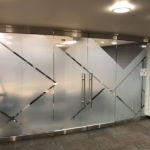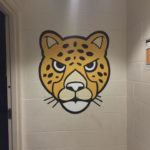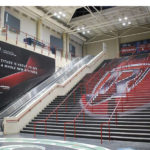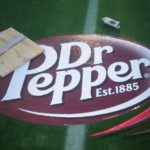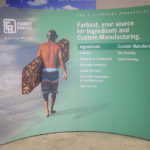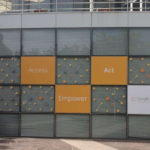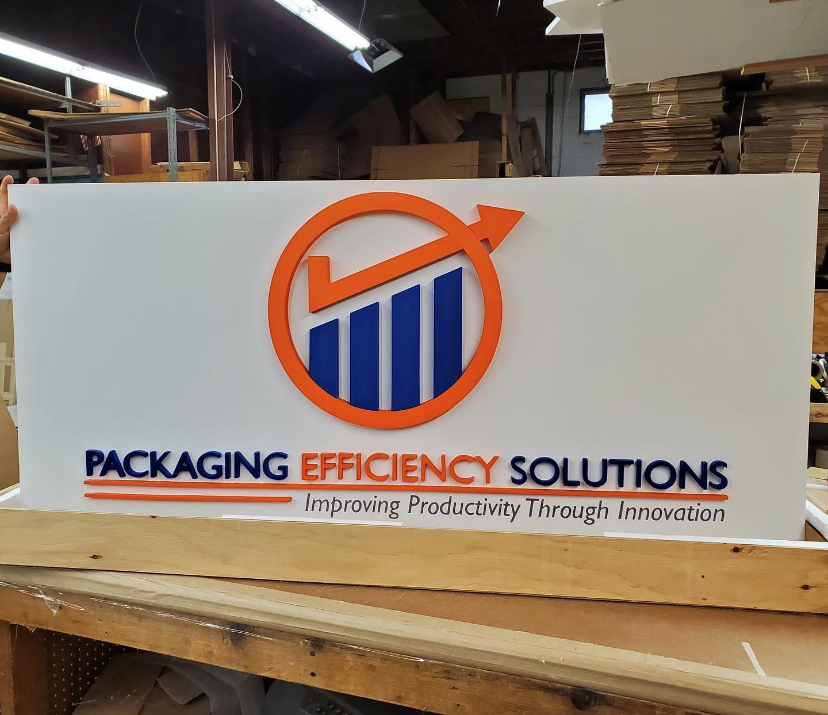Contour Cutting

What is Contour Cutting?
A key to good marketing is to think “outside the box.” The box, in this case, would be the common visual of printed material like a poster or signage that almost always takes the shape of a rectangle or square. These boxes full of advertising appear so often that many people subconsciously ignore them as they go about their daily business of life and work.
However, by altering this regular shape, we can use the unlimited variations of 2D shapes to draw the eye to exactly what we want our potential customers to see. This process is called contour cutting. Another distinct feature of contour cutting is that you won’t need any background for the image or design, whether clear or solid. Your target audience sees only the most important part of your work.
While we specialize at SpeedPro in creating large format printed materials for your marketing campaign or events, we also offer the ability to create these printed materials in attention-grabbing shapes via contour cutting. SpeedPro can offer big flatbed computer-controlled cutters to contour cut rigid substrates like aluminum, foam core and plastic.
Printing products that present excellent opportunities for contour cutting are widely used for numerous purposes by marketers and printed-product sellers. These include, but are not limited to:
- Wall & door fabric
- Seasonal decorations
- Poster boards
- Party props
- Wind banner flags
- Museum and gallery wall narrative
- Sintra / PVC boards
- Vehicle decals
- Window clings
- Self-adhesive removable vinyl
Contour cutting is when cutting plotter machines (like a vinyl cutter, for instance) uses an automated blade to follow a digitally predetermined path around the edge of your printed design, or in some other designated shape. That edge is known as the “contour line,” which is how the term contour cutting was coined. An easy-to-visualize example of this would be the sheet of stickers that you may have loved to play with as a child. The cutting blade slices through material like paper, vinyl, or mylar which is on a flat surface in a cutting plotter machine. Small cutting plotters, often also known as die-cut devices, recently have grown in popularity for scrapbooking, cardmaking and other craft uses for the creation of gifts, decals and much more.
At SpeedPro, we can provide contour cutting services that accurately create a clean, crisp cut to your exact specifications. While traditional large format printing uses data from a single file, contour cutting requires 2 files: the artwork file and a special cutting file. While the art file provides the data for your design, the cutting file provides the data specific to the contour you want to cut, including the exact dimensions.
Your artwork file includes small black dots in non-printed areas that are evenly spaced. Called registration marks, they guide the cutting plotter’s blade and enable the precise cutting of your chosen material. Various printing companies will have different requirements for the size of these registration marks, but it is generally best to use one-quarter inch as the size guideline for them if you are unsure of a specific requirement.
Once you have added the registration marks into your art file, you need to create the second layer in the art file that will allow you to overlay the outlines in the cutting file. This will help you see how your cutting file aligns with your art file and detect any potential problems or mismatches between the two files.
Next, all text in the design needs to be converted to outlines to ensure there aren’t any missing fonts when the project goes into production. After this step, both files should be saved as high-quality PDFs
The cutting plotter will use the registration marks in the art file as well as the data in the digital cutting file which denotes the actual outline in order to accurately contour-cut your project. Using these two methods together allows for great precision in the cut.
Though there are a few steps, they are relatively simple. If you have any questions, SpeedPro engineers are standing by to offer guidance as needed.
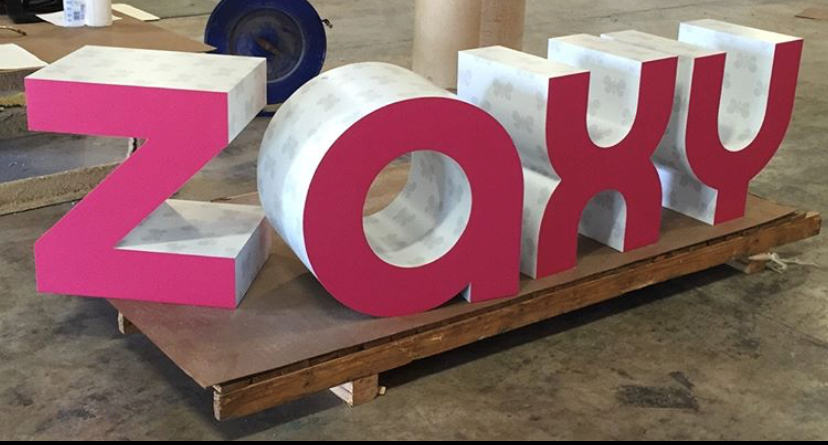
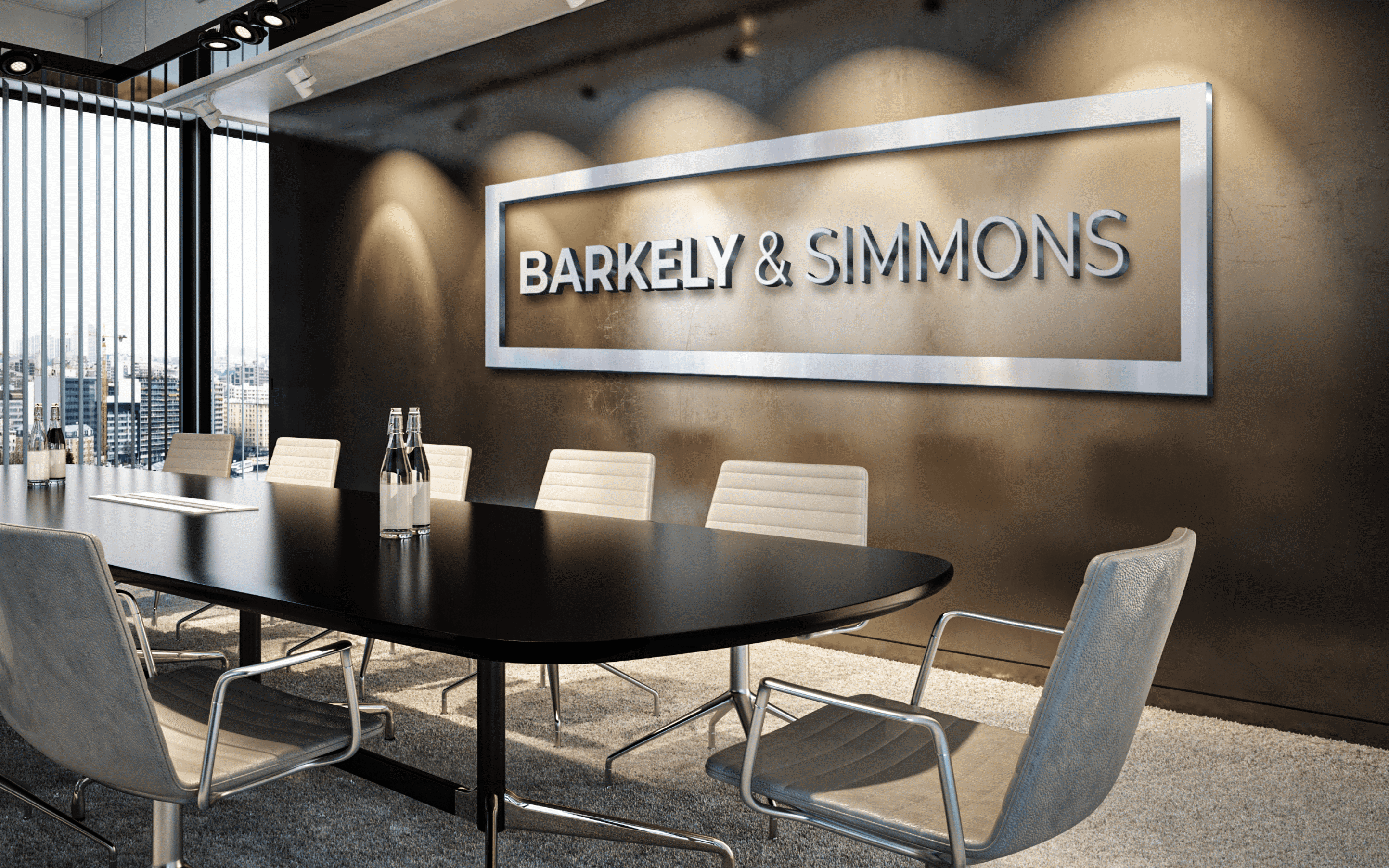
Types of Contour Cutting
The two primary contour cutting choices are known as “cut through” and “kiss cut.” The method you choose really depends on what kind of material, or medium, you want to contour cut.
Cut Through contour cutting: This is perhaps the most often-used method. “Cut through” refers to the blade slicing all the way through the medium, which leaves behind your desired custom-cut shape. “Cut through” is ideal for creating big cut-outs of images and shapes. You can think of movie theater standees as examples of “cut through” contour cutting.
Kiss Cut contour cutting: “Kiss cut” contour cutting takes advantage of the precision inherent in using an automated computer-based system. This method actually controls the depth of your requested contour cuts and is utilized to create those popular sticker sheets. The top sheet of sticky material is cut while leaving the liner material beneath it completely intact.
Contour Cutting vs. Die Cutting
It is important not to confuse contour cutting with die-cutting. The die-cut process involves creating custom metal dies, or cutting stamps made of metal, that are used to repeatedly press through the material and create your shaped product. The creation of the metal die itself has a cost all in its own, in extra time and money. This is above and beyond any setup required for contour cutting done with an automated cutter plotter machine using a digital source for your design.
For projects that require only a handful to a few hundred products, this cost may not be worth it. However, die-cutting may be a process to consider if your project involves a very high volume of custom-cut items such as specialty boxing, pocket folders, unique packages and uniquely-shaped cardboard items.
For SpeedPro’s large format digital printing, a die is not required. Our flatbed cutting plotters can cut a wide variety of media for almost any type of project you can imagine and get you the great results you want.
SpeedPro Charlotte Center
If you do business in the Charlotte area, you know how much fun the city can be — from cultural and sporting events to all the exhilarating outdoor activities. Visitors flock to Charlotte to enjoy these things and more. When you run a company here, you want to connect with other residents to help your business grow. That can be challenging because of the steep competition. You have to break through the clutter of advertising to get people’s attention.
A Sign Company and Much, Much More
What types of great, big graphics can we create for your company? Ask us to do a big or small project, and we’ll dive right in. We don’t say “no” to anything. Want an elevator wrap to celebrate your company’s anniversary? A colorful banner to hang in your restaurant’s lobby? Or a point-of-purchase display to hand out free samples in your retail store? We can make it all happen.
Pick SpeedPro Charlotte Center for Large-Format Printing
We establish longstanding relationships with our clients, who return to us again and again. Some of the benefits of working with SpeedPro Charlotte Center include:
- Precision: We rely on digital measurements to size your graphics correctly.
- Innovation: Our projects employ state-of-the-art technology for greater effectiveness and efficiency.
- Timely communication: We provide regular updates and answer your questions.
- Professionalism: We treat every client with the respect they deserve.
Get a Quote From SpeedPro Charlotte Center
If you want your business in the greater Charlotte region to stand out, you need to invest in high-quality graphics to attract interest. Trust us to deliver the large-format printing you need. You’ll love the way we can get your message noticed.
We have solutions for a range of industries including banking and finance, hospitality and healthcare. Contact us today to set up a consultation or get a quote from SpeedPro Charlotte Center.

